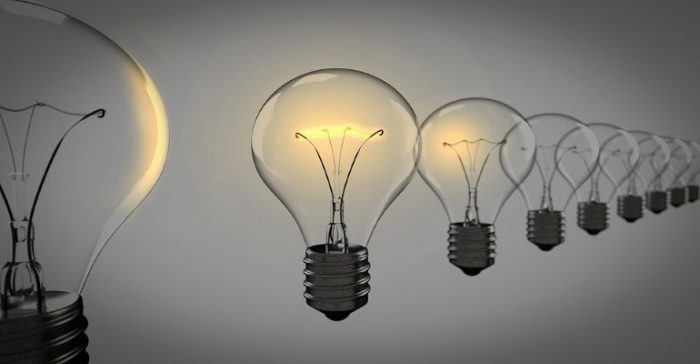This article was originally published on energymanagertoday.com on August 15, 2019.
A growing number of US manufacturers are setting goals to reduce their energy use. Industrial Internet of Things (IIoT) technology can help. With a wide net of low-cost wireless sensors and smart equipment connected to powerful analytics tools, plants can improve their energy efficiency, reduce their energy costs, and cut their greenhouse gas emissions. These improvements can help manufacturers gain a competitive edge now and in the future. Improving efficiency now can help companies avoid rising power costs in a sector where overall energy demand will rise 25% by 2040.
Last summer, the Washington, DC-based Alliance for Industrial Efficiency (AIE) found that more than 40% of the country’s biggest manufacturers had already announced public energy efficiency targets, and nearly twice that number had set greenhouse gas emission reduction goals. The sheer number of manufacturers now committed to improving efficiency, combined with the projected rising demand for industrial energy use in the decades ahead, means that energy-efficient operations will soon become table stakes for companies who want to compete and survive.
IIoT can help overcome barriers to energy efficiency
Moving to more energy efficient operations requires planning and capital. The AIE reported that “limited internal capital availability” and a lack of data on current energy consumption are two barriers that manufacturers may face when they’re planning their programs. However, there are IIoT solutions that companies can deploy with minimal capital outlay.
For example, a company can install a network of wireless devices connected to an AI-driven control system for about one-tenth of the cost of a comparable hardwired system. In some cases, a wireless system can monitor equipment in areas where wired systems can’t reach, due to distance or concerns about wiring installation safety. These sensor networks can help companies maximize their ROI on their current equipment before replacing it with “smart” equipment. And when it is time to invest in new IIoT-enabled equipment, companies can realize even more efficiency gains.
IIoT systems provide specific real-time monitoring and analytics of plant equipment and building systems’ temperatures, peak usage times, and overall time in use to help companies identify areas for improvement. Three areas where IIoT monitoring can help companies harvest low-hanging energy efficiency fruit are lighting, temperature controls and equipment power-use levels.
More efficient lighting systems with IIoT controls
LED lighting requires only half as much energy use as compact or tube fluorescent lighting, even without smart controls. With IIoT capability, LED systems “can achieve up to 99% energy cost savings.” Smart LED systems achieve these efficiency gains mainly through monitoring room occupancy and available light.
For example, an IIoT-enabled LED system can switch off the lights in a space where no one is working and turn them back on when people enter the space. The system can also monitor changes in the level of natural light coming in through windows and skylights. Based on that real-time data, the system can adjust LED brightness in that space for optimal visibility without energy waste.
Smarter temperature management with IIoT sensors
Manufacturers can also see energy savings with sensor-enabled smart management of temperature controls for buildings and equipment. As with lighting, room temperatures can automatically adjust based on the number of occupants in a space, relative humidity, and the prescribed optimal temperature range for that space.
Real-time temperature monitoring can also help plant managers keep equipment running within its proper temperature range and know immediately when there’s a problem. This gives managers the ability to intervene immediately when, for example, a freezer space gets too warm for cold chain compliance or a machine drive begins to overheat. When managers know about these problems as they arise, they can reduce equipment downtime and product damage. Over time, the system can collect enough temperature readings to enable AI-driven predictions that can head off some equipment problems, allow for predictive maintenance, and set more efficient operating schedules.
Real-time adjustments in operating speed and efficiency
Adjusting equipment speed to meet real-time production demands can generate dramatic energy savings. For example, IIoT-enabled variable speed drives can cut energy consumption by 50% or more. This fact alone can make variable speed functions with the investment. They deliver other potential cost savings, too. For example, steelmaker ArcelorMittal realized a savings of $200,000 per year when its variable speed drives eliminated unplanned replacements of worn-out fans and motors.
The IIoT can enable other energy savings, too. Smart equipment can monitor and adjust water usage for peak efficiency in factories and on farms. IIoT-enabled systems can also help food and beverage manufacturers maintain cold-chain compliance to prevent the waste of food, fuel, and agricultural inputs.
As the demand for energy grows over the next two decades, the most energy efficient manufacturers will be in the best position to compete, thrive, and enjoy a positive brand reputation. IIoT-enabled monitoring systems and equipment can deliver better energy efficiencies now, and in the years ahead.
